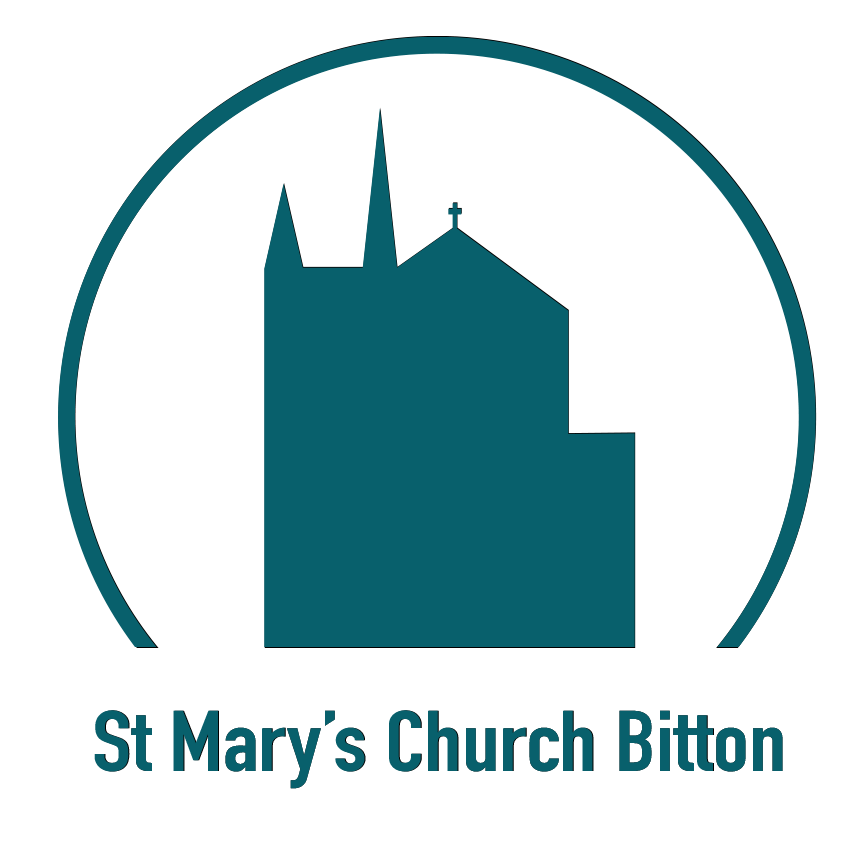“A most outrageous proceeding”
When Henry Ellacombe (above) arrived as the new incumbent curate in 1817 he had the box pews removed and converted to forward facing pews. Ellacombe shared the views of those seeking a more primitive and spiritual religious experience. This decision was labelled “a most outrageous proceeding” by some. Yet, Ellacombe persisted and, as this form of seating became the norm in churches, such protests subsided.
These pews were most uncomfortable and deemed by Ellacombe’s son and successor as vicar, to be ”not in keeping with the rest of the church”. In 1869, he launched a fundraising campaign to replace them with the pews that are in the church today. These pews are made of oak and each has an individually carved pew end – believed to have been designed by Ellacombe himself. The cost was £400 – (equivalent to about £60,000 today). At around the same time the gallery was demolished.
Over time, many of these pews have been removed leaving a much larger area at both the front and rear of the church; the last major re-ordering taking place in 1967.
Pews have many supporters but they restrict the way in which churches can be used and the variety of forms of worship. Most church pews are made of cheap pine to a standard design and are now being replaced by more comfortable chairs. But Bitton’s fine oak pews are unique and so it has been decided to retain 10 rows of them (20 pews in all) to maintain the current look of the church and to make them both mobile and more comfortable.





